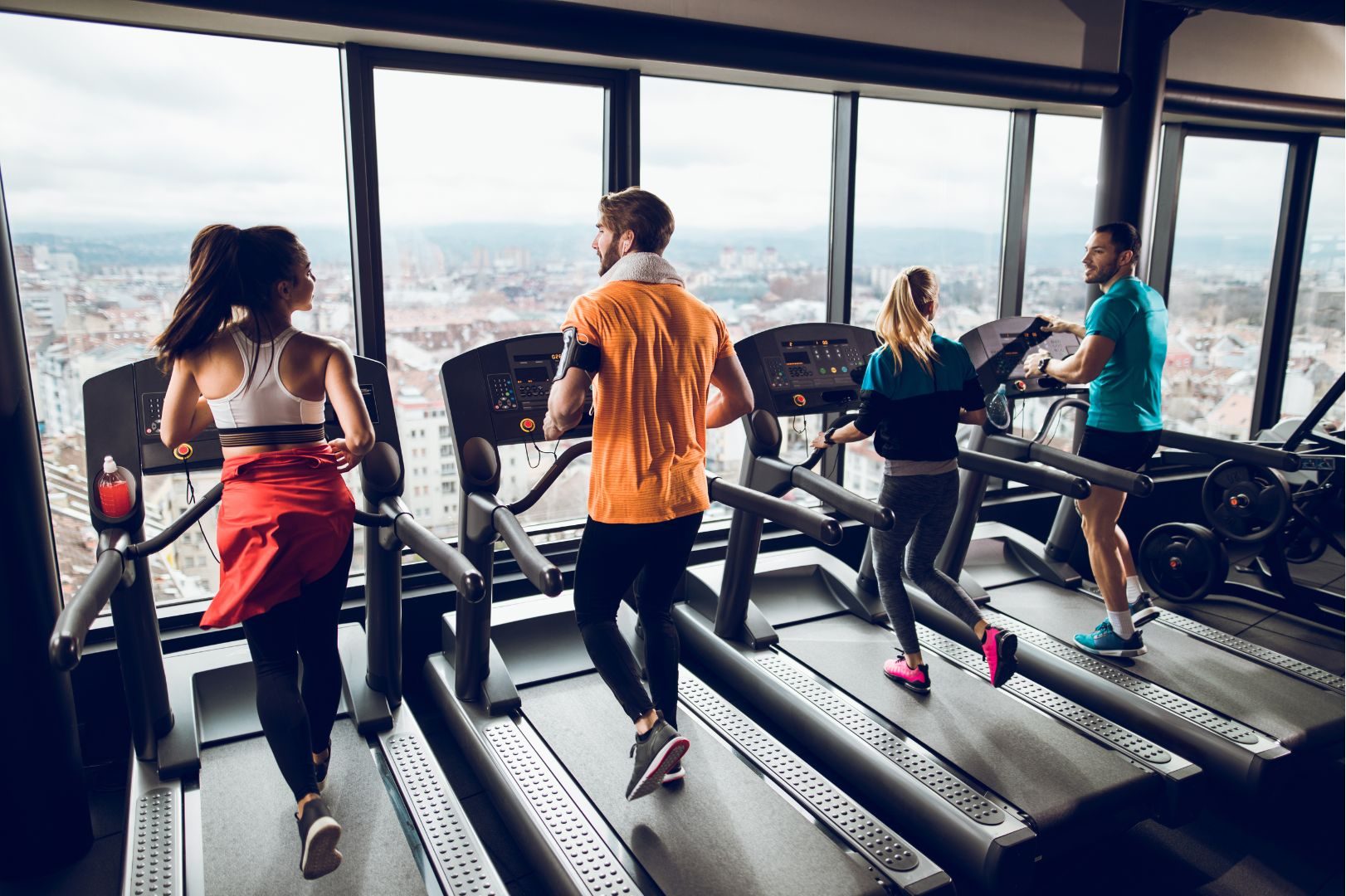Sarah Elhussini
We all want to feel our best, and regular exercise plays a big part in that. But let’s be honest: getting started (and sticking with it) isn’t always easy. Whether it’s time, energy, or motivation, many of us face the same roadblocks. Here’s how to push past them and get moving, no matter what’s standing in your way.
Obstacle #1: “I don’t have time.”
Between fast-paced work environments and the chaos of everyday life, people often deprioritize movement in favor of packed calendars. But time constraints don’t have to mean inactivity.
How to fix it:
- Fit in micro-movement moments during the workday (e.g., walking meetings, stretch breaks).
- Take advantage of employee wellness programs.
- Combine activity with existing routines, like walking or stretching while you take a call.
Obstacle #2: “I’m too tired.”
Fatigue is a real concern, especially for people balancing work, caregiving, and long commutes. Ironically, exercise is one of the best energy boosters available.
How to fix it:
- Prioritize sleep: Although you may feel like you’re too busy for an adequate amount of sleep, prioritizing a consistent number of hours each night improves focus, mood, and overall health.
- Start with low-intensity workouts like yoga or short walks throughout the day to get into the habit of moving and discover which type of exercise is most appealing to you.
- Form habits around exercise by blocking time throughout the week solely for working out, regardless of the duration or intensity. By designating time for exercise, you can solidify habits and integrate movement into your daily routine.
Obstacle #3: “I can’t stay motivated.”
Consistency is often the hardest part. Without motivation and discipline, goals can quickly disappear.
How to fix it:
- Make fitness social: participate in group fitness challenges or find a partner to workout with to help you stay accountable and make exercise more enjoyable.
- Set realistic, non-negotiable SMART goals to help you visualize what you want to achieve. SMART goals are:
- Specific: your goal should be clear, detailed, and direct.
- Measurable: you should be able to quantify/measure your progress.
- Attainable: your goal should be realistic.
- Relevant: ensure your goal is relevant to who you are and who you want to be.
- Timely: give yourself an achievable deadline for completion.
- Utilize apps and trackers as a great way to find fitness communities, keep track of your activity, and find new innovative ways to workout.
Why It Matters
Engaging in fitness isn’t just about physical health. It’s about performance, engagement, and living a happier life.
Regular movement can lead to:
- Higher levels of productivity: Regular exercise results in improved health and better brain function.
- Disease management and prevention: Exercise can decrease your risk of health issues such as high blood pressure, mental disorders, cardiovascular diseases, and more, according to the Mayo Clinic.
- Better stress management: Integrating physical activity into your day has been proven to reduce stress and release endorphins.
Getting Started: Small Steps, Big Impact
There’s no one-size-fits-all solution to fitness, and there doesn’t need to be. By taking charge of overcoming common obstacles with realistic, flexible options, you can take charge of your health on your own terms.
Sources:
https://www.mayoclinic.org/healthy-lifestyle/fitness/in-depth/exercise/
https://www.cdc.gov/physical-activity/features/boost-brain-health.html
